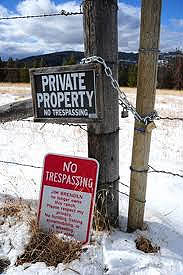By Jonathan Adler
Professor and Director of the
Center for Business Law and Regulation
at Case Western Reserve University School of Law.

For all the Act’s strength, it has not been particularly effective at conserving species. Although it is the “most comprehensive of all our environmental laws,”3 it is not, by any measure, the most successful. Even strong advocates of regulatory measures to protect endangered species habitat acknowledge that “no one … suggests that the federal ESA is realizing congressional intent or that it has been implemented rationally or responsibly.”4 A 2008 review concluded that the best one could say is that “the scientific question of whether the ESA works effectively to protect species remains open.”5…continued
Read complete article in The American


